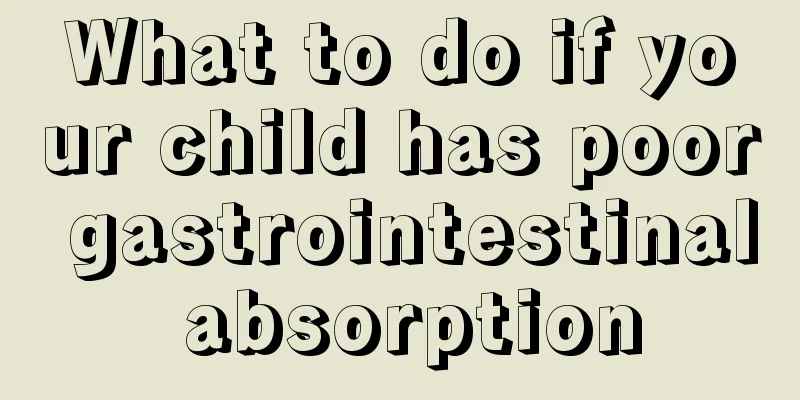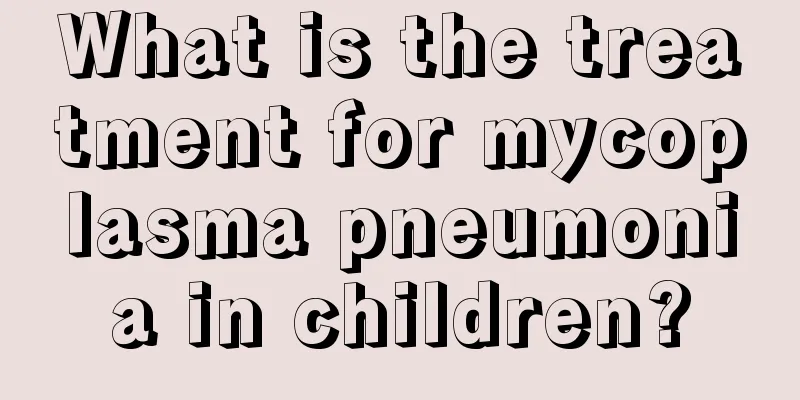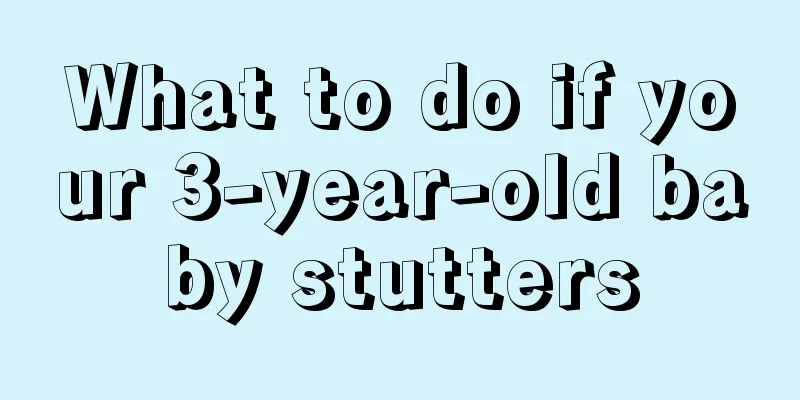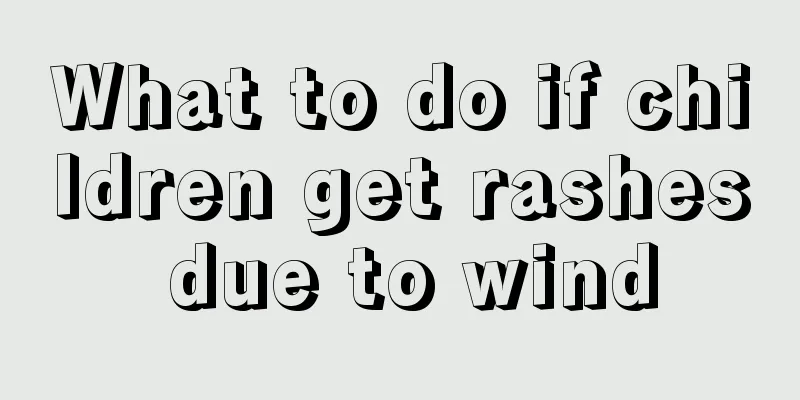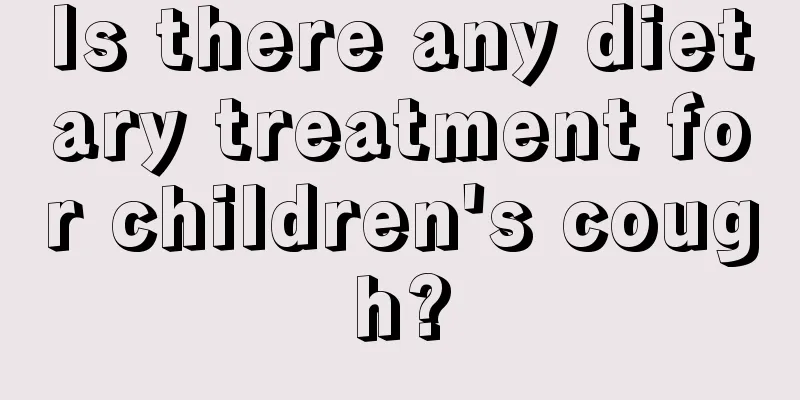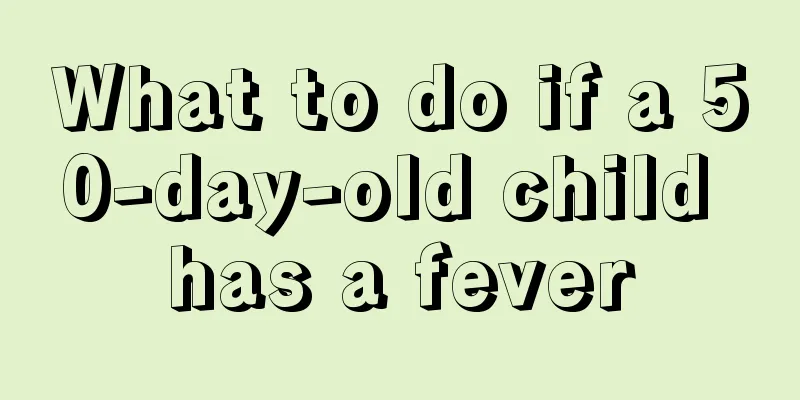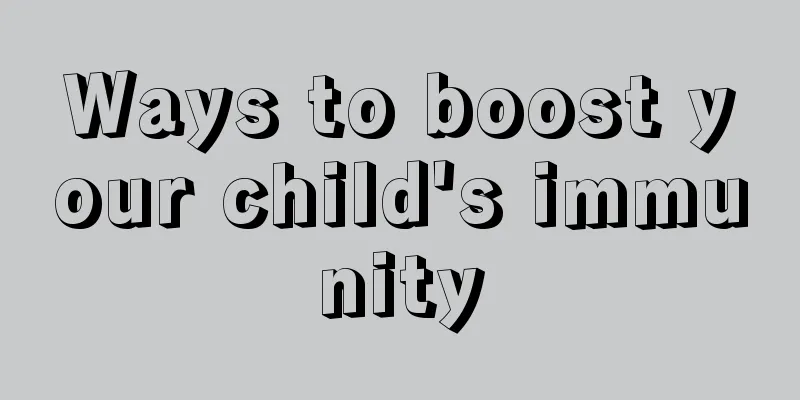How to treat pediatric hip synovitis?
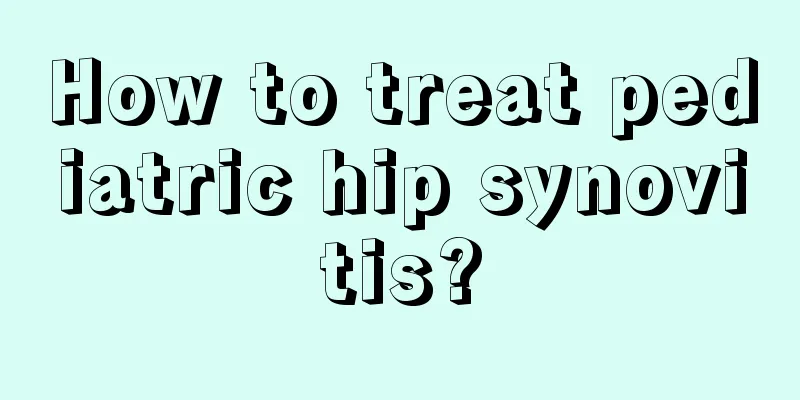
|
Hip synovitis is a common disease among children nowadays, usually occurring between the ages of 3 and 10, mostly in boys. The most common onset period for children is between 3 and 6 years old. The disease occurs suddenly and unexpectedly. It is hard for parents to predict. Children usually get this disease because of bacterial infection. When this disease occurs, children will feel severe pain in their hip joints. So when parents see their children having an attack, they feel heartbroken. So how should a disease like this be treated? Hip synovitis is also called transient synovitis. It is the most common cause of acute hip pain in children aged 3 to 10 years. It is more common in males, and most children develop the disease suddenly. The peak incidence is between 3 and 6 years old, with the right side more common than the left side, and 5% of cases occur in both hip joints. Unilateral hip or groin pain is the most common clinical symptom, and some patients may experience pain in the mid-thigh or knee. In very young children, symptoms may include night crying, and careful examination may reveal painful claudication. Attention should also be paid to the patient's recent history of upper respiratory tract infection, pharyngitis, bronchitis, otitis media, etc., as the above history may occur in nearly half of patients with hip synovitis. Children with hip synovitis usually do not have fever or have a mild fever. High fever is very rare. 1. Manual therapy It is suitable for patients with severe hip pain and hip synovial incarceration. 2. Traction therapy Suitable for all children. The patient lies on his back with the affected limb abducted 30° in a neutral position. Continuous horizontal skin traction is performed on the affected limb. The traction weight generally does not exceed 5kg, and the traction time is 7 to 10 days. While traction is in progress, the patient is advised to do static contraction exercises of the quadriceps femoris to prevent muscle atrophy. 3. Medication Nonsteroidal anti-inflammatory drugs can shorten the duration of symptoms. 4. Physical therapy It is often used after the manual treatment, and the appropriate amount of treatment is to feel warmth without burning sensation. 5. Surgical treatment: When conservative treatment is ineffective, surgery can be performed promptly to remove the synovium embedded in the joint to avoid delaying the disease. Hip synovitis is a very serious disease. If a child suffers from this disease, parents are requested to send the child to the hospital for treatment as soon as possible. No matter what treatment method is used, he must be cured. Medicine is relatively developed, so parents do not have to worry too much. |
<<: How many teeth do children usually replace?
>>: How to treat congenital heart disease?
Recommend
What is the best way to treat baby's buttocks?
Many mothers think that when the baby goes to the...
Is recurrent hand, foot and mouth fever serious?
Hand, foot and mouth disease is common in childre...
How big is a baby's stomach?
Sometimes babies spit up milk, sometimes because ...
Tips on dressing your baby in winter
Everyone has different choices of clothing in win...
How to improve children's memory?
It is the common wish of every child to grow up h...
How to treat jaundice by sunbathing
Jaundice is a very serious disease. If you have n...
What to do if your child has herpes in the throat
It is very common for children to have herpes in ...
How to supplement zinc deficiency in babies?
My baby is 3 years old and goes to kindergarten. ...
What should I do if my 4-year-old child snores?
Everyone should be familiar with snoring when sle...
Can children with rhinitis swim?
Swimming is a common sport in life. Many people l...
What to do if your baby has indigestion and diarrhea
When a child's immune system is not fully dev...
What to do if a child has a fever due to gastroenteritis?
Many children in their early childhood are very p...
Causes of stomachache and fever in children
I believe that everyone will encounter such a sit...
Reasons for dark circles under the eyes of 7-year-old children
Children are the flowers of the motherland and th...
Are latex mattresses suitable for children?
People spend most of their lives sleeping, so how...
